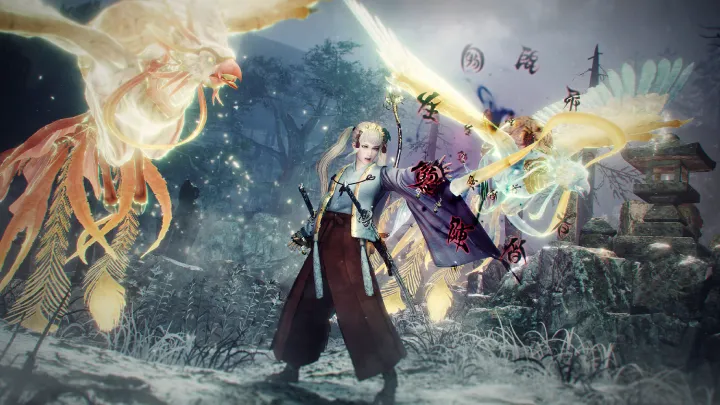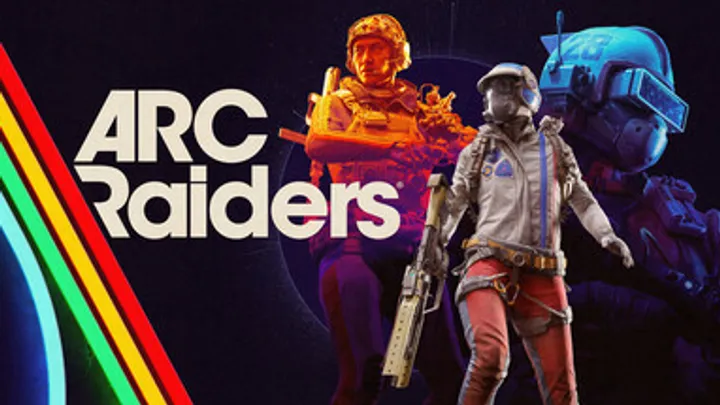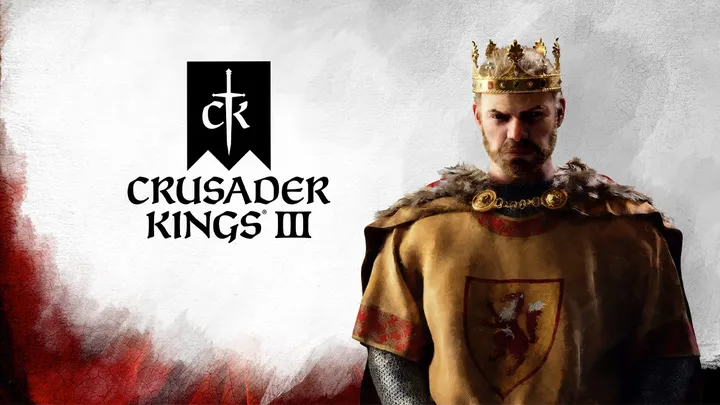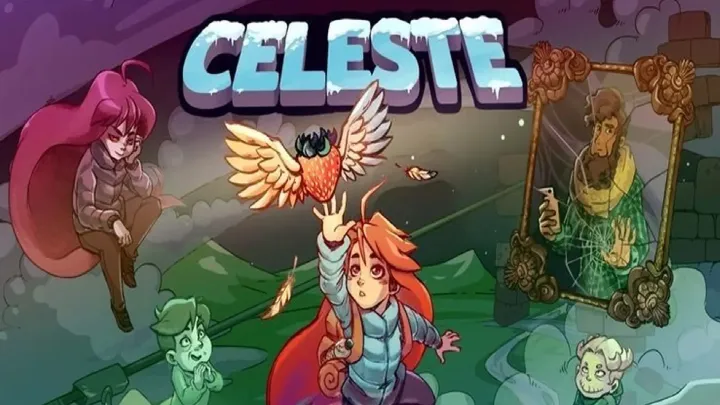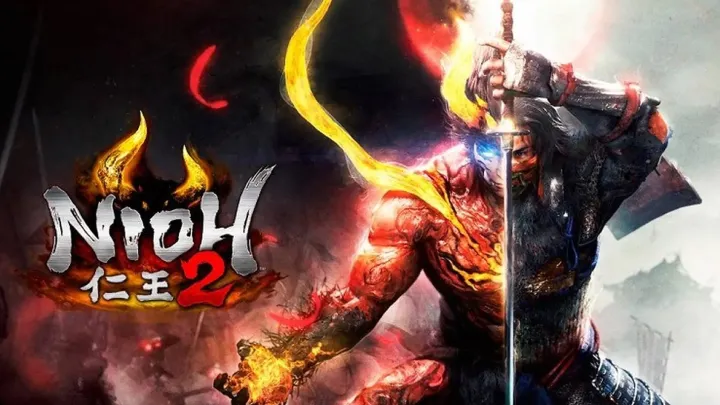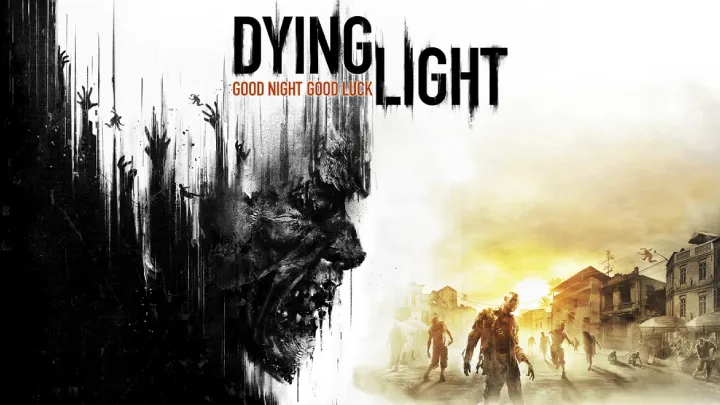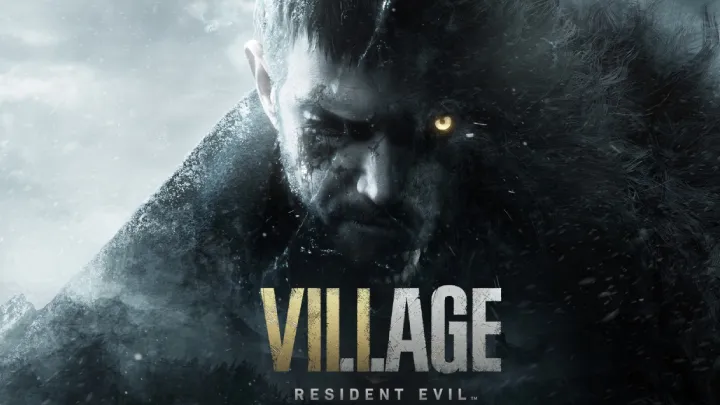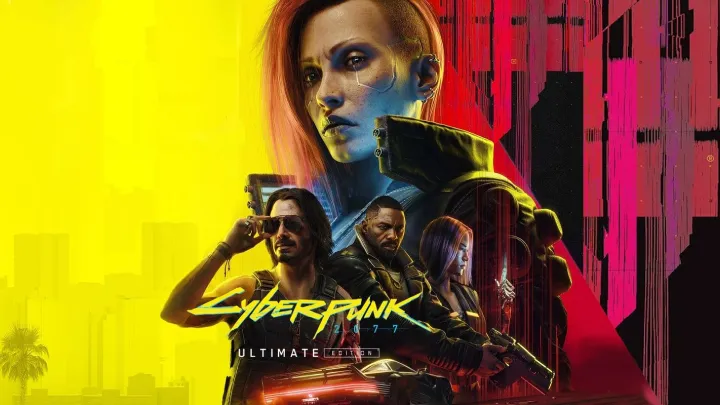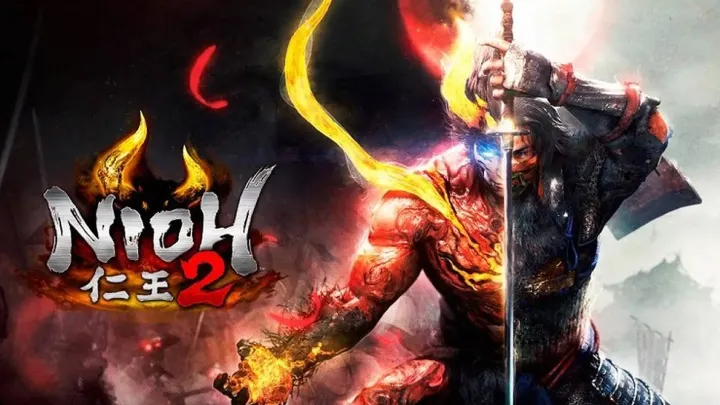
Nioh 2, the sequel to Team Ninja's critically acclaimed action RPG, pushes the boundaries of the genre with its complex gameplay mechanics, rich narrative, and exploration of themes such as duality and transformation. Set in a fantastical version of the Sengoku period in Japan, players engage in intense combat against both human and supernatural foes, all while navigating the intricacies of their character's identity as a half-human, half-Yokai warrior. This article delves deeply into the specific issue of duality and transformation in Nioh 2, examining how these themes manifest in the gameplay, character development, and narrative structure.
The Setting: A World of Conflict and Transformation
Nioh 2 is set during a tumultuous period in Japanese history, where the Sengoku era is marked by constant warfare and political intrigue. The game's world is a reflection of this chaos, filled with both human factions and Yokai—supernatural creatures that embody the fears and struggles of humanity.
The Historical Context
The Sengoku period was characterized by power struggles among feudal lords, leading to a fragmented and violent landscape. This historical backdrop serves as a canvas for the game's themes of conflict and transformation, as players navigate the challenges posed by both human and supernatural adversaries.
The Role of Yokai
Yokai in Nioh 2 serve as manifestations of the struggles and fears of the human characters. Each creature embodies specific aspects of Japanese folklore, reflecting the cultural beliefs and anxieties of the time. The presence of Yokai adds a layer of complexity to the narrative, as players are not only battling for survival but also confronting the deeper psychological and cultural implications of their existence.
The Protagonist: A Journey of Self-Discovery
Players assume the role of a customizable character known as the "Soulslike" warrior, who is half-human and half-Yokai. This duality is central to the protagonist's identity, influencing both gameplay mechanics and narrative development.
The Dual Heritage
The protagonist's dual heritage allows for unique gameplay mechanics, such as the ability to transform into a Yokai during combat. This transformation is not just a gameplay feature but a reflection of the character's internal struggle. The ability to harness Yokai powers represents the tension between humanity and the supernatural, inviting players to explore the complexities of their identity.
The Quest for Identity
As players progress through the game, they uncover the protagonist's backstory and motivations. This journey of self-discovery is intertwined with the larger narrative of the Sengoku period, as the protagonist seeks to understand their place in a world marked by conflict. The exploration of identity becomes a driving force in the character's development, prompting players to reflect on their own sense of self.
The Combat System: A Dance of Duality
Nioh 2 features an intricate combat system that emphasizes fluidity, strategy, and the importance of duality. The integration of Yokai abilities and traditional combat techniques creates a dynamic gameplay experience.
The Importance of Stances
The game introduces a stance system that allows players to switch between different combat styles, each reflecting a different aspect of the protagonist's identity. Players can choose from three stances: high, mid, and low, each offering distinct advantages and disadvantages. This mechanic reinforces the theme of duality, as players must adapt their combat style to the challenges they face.
Examples of Stances
- High Stance: Focuses on powerful, sweeping attacks that can break through enemy defenses but leaves the player vulnerable.
- Mid Stance: Balances speed and power, allowing for a versatile approach to combat.
- Low Stance: Prioritizes speed and evasion, enabling quick maneuvers and counterattacks.
Yokai Abilities: Embracing the Supernatural
The ability to transform into a Yokai and utilize their powers adds another layer of complexity to the combat system. Players can unleash devastating attacks and abilities that reflect the nature of the Yokai they embody. This mechanic emphasizes the theme of transformation, as players must balance their human abilities with the raw power of the Yokai.
The Dance of Combat
The fluidity of combat in Nioh 2 creates a sense of rhythm and strategy, inviting players to experiment with different styles and abilities. This dynamic interplay between human and Yokai powers serves as a metaphor for the protagonist's internal struggle, reinforcing the theme of duality in identity.
The Role of Transformation: Physical and Psychological Changes
Transformation is a central theme in Nioh 2, manifesting both physically and psychologically as the protagonist navigates their dual identity. The game's narrative and mechanics reflect the complexities of change and growth.
The Physical Transformation
As players progress through the game, the protagonist undergoes physical transformations that reflect their connection to the Yokai. These changes are not merely cosmetic but influence gameplay mechanics, allowing players to harness new powers and abilities. This physical transformation symbolizes the struggle for acceptance and understanding of one's identity.
The Psychological Impact
The psychological implications of transformation are equally significant. As the protagonist embraces their Yokai heritage, they must confront the fear and stigma associated with being part of a supernatural lineage. This internal conflict adds depth to the narrative, illustrating how identity is shaped by both external perceptions and internal struggles.
The Influence of Relationships: Connection and Alienation
Relationships play a crucial role in shaping the protagonist's identity throughout Nioh 2. The interactions with other characters reflect the themes of connection and alienation that permeate the narrative.
Allies and Mentors
Throughout the game, the protagonist encounters various allies and mentors who influence their journey. These relationships serve as important touchstones for the protagonist, providing guidance and support as they navigate the complexities of their identity. Characters like Tokichiro and Lady Hayabusa offer insights into the struggles of duality and the importance of acceptance.
The Role of Tokichiro
Tokichiro, a charismatic and ambitious character, represents the complexities of ambition and identity. His relationship with the protagonist emphasizes the importance of finding one’s path amidst conflicting influences. As a mentor figure, he encourages the protagonist to embrace their powers while also navigating the challenges of the world.
The Challenge of Alienation
Conversely, the protagonist also faces moments of alienation, particularly from those who fear or misunderstand their Yokai heritage. This alienation reflects the broader theme of identity in a world marked by prejudice and fear. The protagonist’s struggle to find acceptance highlights the complexities of belonging and the impact of societal perceptions on self-identity.
The Climax: Identity in Crisis
As the narrative builds toward its climax, the protagonist faces a confrontation that challenges their understanding of identity and transformation.
The Showdown with the Final Antagonist
The final confrontation serves as a pivotal moment in the protagonist’s journey, forcing them to confront the very forces that have sought to manipulate their identity. This encounter challenges the protagonist to reckon with their dual heritage and the choices they have made throughout the game.
The Emotional Resolution
As the protagonist battles against their final antagonist, players witness a transformation from a character grappling with self-doubt to one who embraces their identity. This moment encapsulates the essence of their journey, highlighting the importance of self-acceptance and the struggle for agency in a world filled with chaos.
Embracing Identity in the Aftermath
The resolution of the conflict allows the protagonist to embrace their identity in a new light. They emerge not only as a skilled warrior but also as a character who understands the nuances of their past and the potential for their future. This evolution emphasizes the theme that identity is multifaceted and ever-changing.
The Aftermath: Reflecting on Transformation and Identity
Nioh 2 encourages players to reflect on the protagonist’s journey and the broader implications of transformation and identity. The aftermath invites players to consider the impact of their choices on both the protagonist and the world around them.
The Legacy of the Protagonist
The protagonist’s journey in Nioh 2 serves as a powerful narrative about self-discovery and the complexities of identity. Their evolution from a fragmented self to a character who embraces their dual heritage illustrates the transformative power of experience and choice.
A Call for Reflection
The game invites players to consider their own journeys of self-discovery and the identities they forge. By engaging with the protagonist’s story, players are prompted to reflect on their values, choices, and the connections that shape their lives.
Community Reception: Engaging with Themes of Identity
The release of Nioh 2 has sparked discussions within the gaming community regarding its exploration of transformation and identity. Players have shared their interpretations of the game’s themes, reflecting on the narratives that resonate with them.
Positive Feedback on Character Development
Many players have praised the game for its nuanced exploration of character development and emotional depth. The protagonist’s internal struggles resonate with individuals who have faced similar conflicts in their lives, making their journey relatable and impactful. The game’s ability to tackle complex themes within an engaging narrative has garnered significant acclaim.
Critiques and Calls for Depth
Conversely, some players have expressed a desire for even deeper explorations of identity and transformation. While the game offers a rich narrative, there is an acknowledgment that the complexities of identity cannot be fully captured in a single story. This feedback emphasizes the need for ongoing conversations about identity in gaming and the importance of representation.
Conclusion: The Enduring Impact of Transformation and Identity in Nioh 2
Nioh 2 presents a profound exploration of transformation and identity through the journey of its protagonist. By navigating the complexities of selfhood, relationships, and choices, the protagonist emerges as a character who embodies resilience and growth. The game’s rich narrative invites players to reflect on their own identities and the journeys they undertake in search of self-understanding. As the gaming industry continues to evolve, the themes presented in Nioh 2 will undoubtedly resonate with future narratives, reinforcing the importance of exploring the intricate connections between transformation, identity, and the human experience.